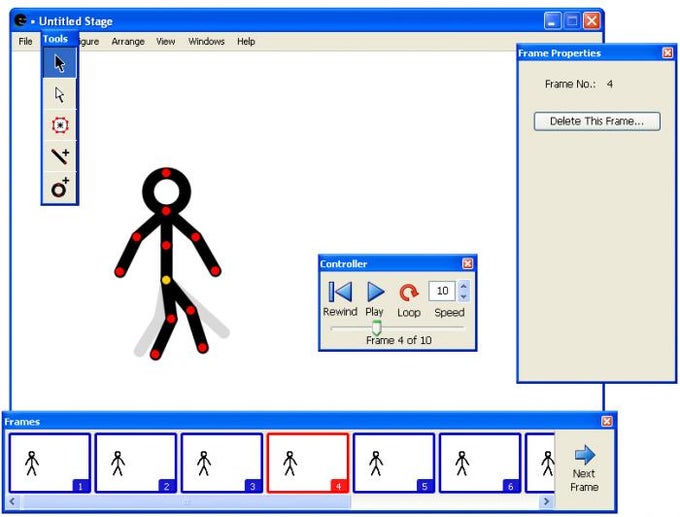
#Download figures for stykz free
The peasant's free time extended beyond officially sanctioned holidays. In Spain, travelers noted that holidays totaled five months per year. The ancien règime in France is reported to have guaranteed fifty-two Sundays, ninety rest days, and thirty-eight holidays. And the English were apparently working harder than their neighbors. All told, holiday leisure time in medieval England took up probably about one-third of the year. In addition to official celebrations, there were often weeks' worth of ales - to mark important life events (bride ales or wake ales) as well as less momentous occasions (scot ale, lamb ale, and hock ale). These were spent both in sober churchgoing and in feasting, drinking and merrymaking. Official - that is, church - holidays included not only long "vacations" at Christmas, Easter, and midsummer but also numerous saints' andrest days. The medieval calendar was filled with holidays. The contrast between capitalist and precapitalist work patterns is most striking in respect to the working year. Brown, Colwin and Taylor's figures for masons suggest an average workday of 8.6 hours. Knoop and jones' figures for the fourteenth century work out to a yearly average of 9 hours (exclusive of meals and breaktimes). One day's work was considered half a day, and if a serf worked an entire day, this was counted as two "days-works." Detailed accounts of artisans' workdays are available. The worker participating in the eight-hour movements of the late nineteenth century was "simply striving to recover what his ancestor worked by four or five centuries ago."Īn important piece of evidence on the working day is that it was very unusual for servile laborers to be required to work a whole day for a lord. Thorold Rogers, the medieval workday was not more than eight hours. During slack periods, which accounted for a large part of the year, adherence to regular working hours was not usual. These rest periods were the traditional rights of laborers, which they enjoyed even during peak harvest times.

Depending on time and place, there were also midmorning and midafternoon refreshment breaks.

It stretched from dawn to dusk (sixteen hours in summer and eight in winter), but, as the Bishop Pilkington has noted, work was intermittent - called to a halt for breakfast, lunch, the customary afternoon nap, and dinner. Consider a typical working day in the medieval period. Therefore, we must take a longer view and look back not just one hundred years, but three or four, even six or seven hundred. Indeed, there is good reason to believe that working hours in the mid-nineteenth century constitute the most prodigious work effort in the entire history of humankind. When capitalism raised their incomes, it also took away their time. Our ancestors may not have been rich, but they had an abundance of leisure. The tempo of life was slow, even leisurely the pace of work relaxed. Before capitalism, most people did not work very long hours at all. These images are backward projections of modern work patterns. We are asked to imagine the journeyman artisan in a cold, damp garret, rising even before the sun, laboring by candlelight late into the night. The comparison conjures up the dreary life of medieval peasants, toiling steadily from dawn to dusk. The implicit - but rarely articulated - assumption is that the eighty-hour standard has prevailed for centuries. This myth is typically defended by a comparison of the modern forty-hour week with its seventy- or eighty-hour counterpart in the nineteenth century.

One of capitalism's most durable myths is that it has reduced human toil. At noon he must have his sleeping time, then his bever in the afternoon, which spendeth a great part of the day and when his hour cometh at night, at the first stroke of the clock he casteth down his tools, leaveth his work, in what need or case soever the work standeth. SchorĪnd: Eight centuries of annual hours The labouring man will take his rest long in the morning a good piece of the day is spent afore he come at his work then he must have his breakfast, though he have not earned it at his accustomed hour, or else there is grudging and murmuring when the clock smiteth, he will cast down his burden in the midway, and whatsoever he is in hand with, he will leave it as it is, though many times it is marred afore he come again he may not lose his meat, what danger soever the work is in. Pre-industrial workers had a shorter workweek than today'sįrom The Overworked American: The Unexpected Decline of Leisure, by Juliet B. Preindustrial workers worked fewer hours than today's Workweek Reduction Equivalent: a measure of potential economic progress


 0 kommentar(er)
0 kommentar(er)
